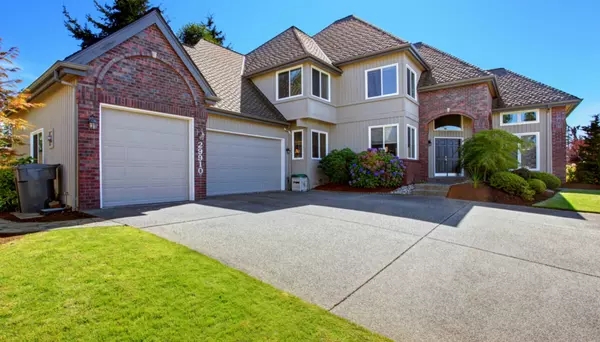Welcome, from Your Central Texas Agent!
Area Homes for Sale!
My Mission Statement
My mission is to inform and educate the public, my clients (past, current, and future), and anyone who wants to listen about the real estate market. This allows them to make informed and educated decisions when it comes to selling and/or buying real estate.
My Vision Statement
My vision is to help my clients invest in real estate to generate generational wealth for years to come for themselves and their families.
My Vision Statement
My vision is to help my clients invest in real estate to generate generational wealth for years to come for themselves and their families.










